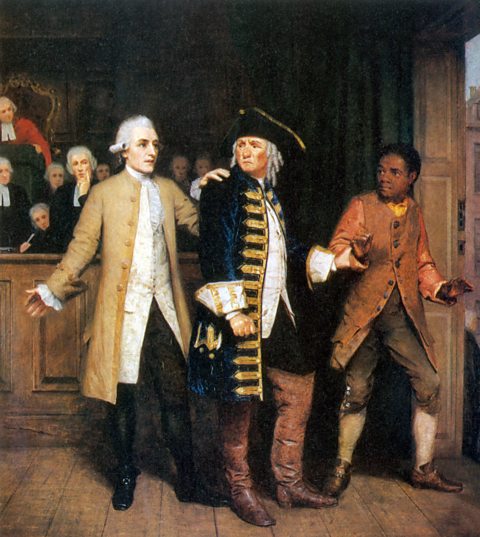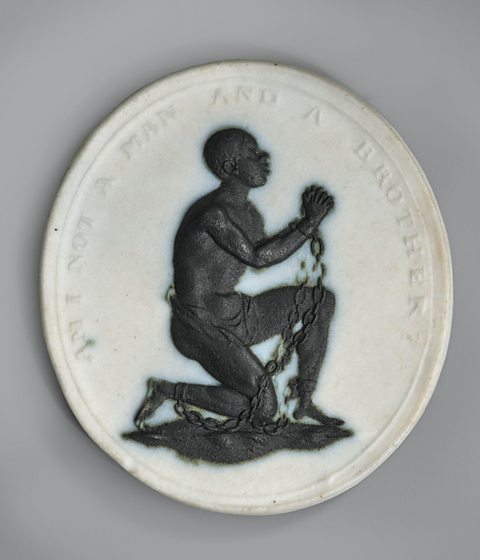Key abolitionist campaigners
Granville Sharp (1735 - 1813)

Granville Sharp was a civil servant who became interested in slavery in 1765. He befriended Jonathan Strong, an enslaved African who had been badly beaten by his master. When Strong's former owner attempted to sell him back into slavery in the Caribbean, Sharp took a successful case to the lord mayor and Strong was freed.
Sharp then devoted his time to forcing a definitive legal ruling on the question of whether a slave could be compelled to leave Britain. In 1772, he was involved in securing the Somerset ruling, which concluded that slave owners could not legally force enslaved people to return to the colonies once they were in Britain. This was regarded by many as effectively abolishing slavery within Britain.

Thomas Clarkson (1760 - 1846)

At Cambridge University in 1779, Clarkson won an essay competition, writing on the subject of whether it was lawful to enslave others against their will. He published his essay in 1786, bringing attention to the issue of slavery.
In 1787, Clarkson, Granville Sharp and ten others formed the Society for the Abolition of the Slave Trade. The society helped to persuade William Wilberforce to take up the abolitionist cause.
Clarkson's task was to collect information for the committee to present to parliament and the public. He devoted his time and energy to travelling around Britain, particularly to the ports of Liverpool and Bristol, gathering physical evidence, such as handcuffs, branding irons and thumbscrews, and accounts from eyewitnesses, especially from sailors who had worked on slave trading ships.

Olaudah Equiano (1745 - 1797)

Former enslaved Africans, such as Olaudah Equiano also fought for an end to slavery.
Equiano was a prominent member of the 'Sons of Africa', a group of 12 black men who campaigned for abolition.
In 1789 he published his autobiography. It became immensely popular, helping the abolitionist cause, and made Equiano a wealthy man. It is one of the earliest books published by a black African writer.

John Newton (1725 - 1807)
John Newton was an Anglican clergyman and former slave ship master. It took him a long time to speak out against the slave trade but he had an influence on many young evangelical Christians.
Newton began to deeply regret his involvement in the slave trade and in 1787, he wrote a tract supporting the abolition campaign, 'Thoughts upon the African Slave Trade'. It graphically described the horrors of the slave trade and his role in it, and was hugely influential.
Hannah More (1745 - 1833)
It was not just men who were the leading figures in abolition at this time: women played a prominent role, as evidenced by the sugar boycott in Britain, organised and implemented by women.
Hannah More, a renowned playwright and poet, worked alongside Wilberforce and others to plan the direction of the abolition campaign. She produced some powerful poems which highlighted the cruelties of the trade, the most famous of these being 'Slavery', published in 1788. Her work had a profound effect on her readers and convinced many to support abolition.
More guides on this topic
- What was the triangular trade?
- What did the triangular trade do for British ports?
- How did the trade in enslaved people affect African societies?
- What were West African slave fortresses?
- What was the Middle Passage?
- What was Britain's influence on the Caribbean?
- Why did sugar plantations develop in the Caribbean?
- What impact did the trade in enslaved people have on the Caribbean?
- How did the trade in enslaved Africans affect the British economy?
- Britain and the Caribbean
- The captives' experience and resistance to enslavement
- Video playlist